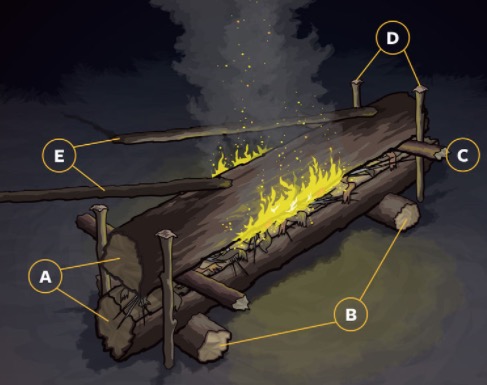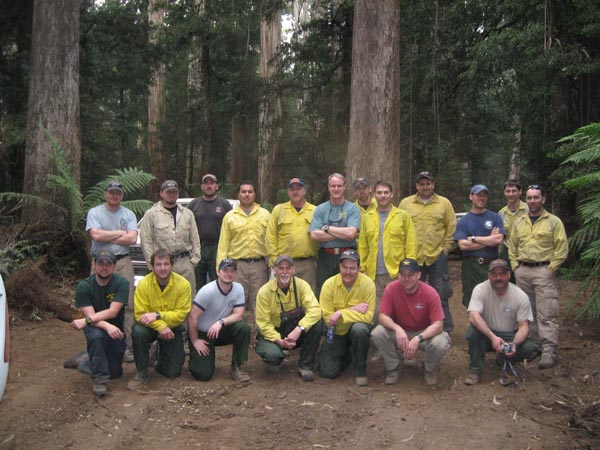Wildland firefighters don’t work night shifts as much as we used to, but many of us have experienced a long night when there is not much mopup left to be done and it’s 2 a.m. The temperature is in the 40s or 50s, and the chill starts to creep into our sweat-soaked clothes. We might have thrown some unburned branches onto a smouldering hot spot and encouraged them into flames, seeking a little warmth.
That’s about the simplest campfire there is. But maybe you should step up your game.

Field and Stream has an article describing 10 fancy campfires. This is not your typical missive about how to START a fire with tinder, kindling, and one match. We’ll assume you know that basic stuff. These fires all have a specific purpose, such as burning all night, signaling for help, sheltering the fire from wind, streamlining ignition with duct tape, and building a fire under a tarp.
Do you have hours to kill and need to stay warm? Impress your colleagues with one of these.








